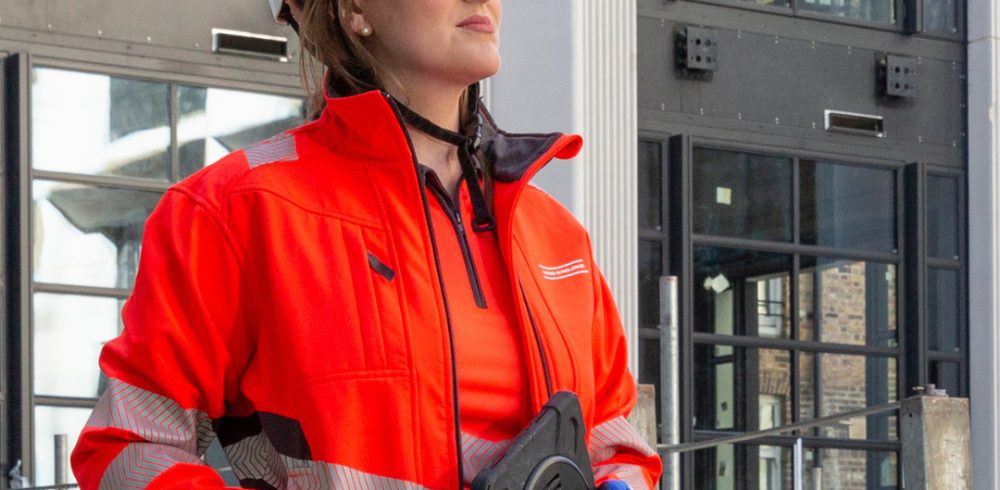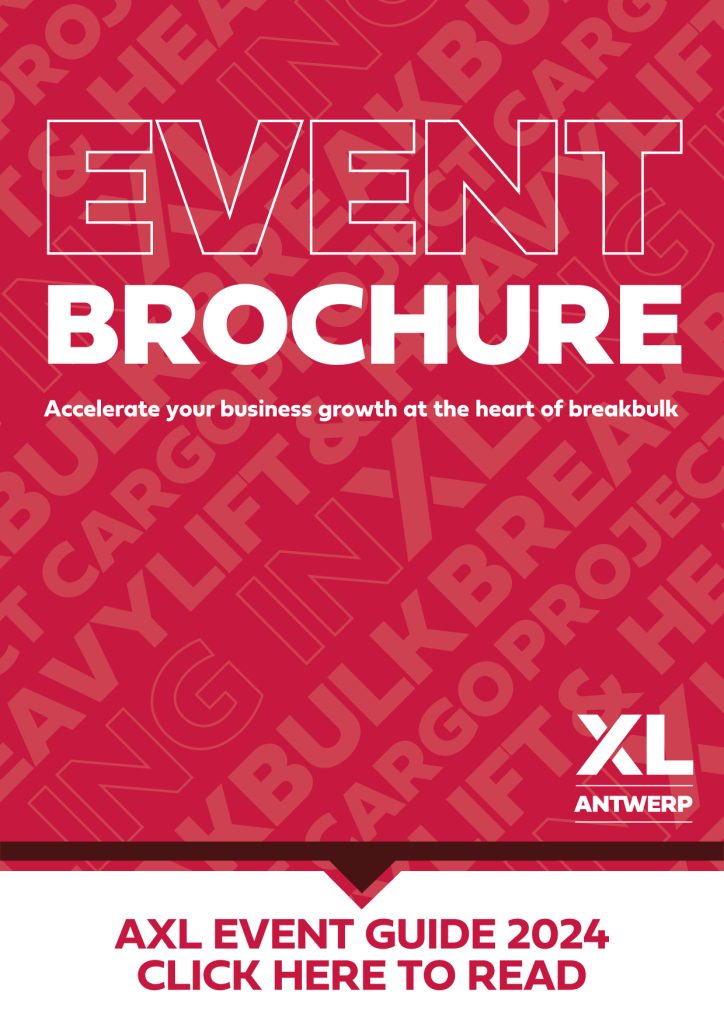The women’s workwear market is growing at a rapid rate and uniforms and workwear creator JSD have created an article exploring how the market is expanding and the challenges and opportunities it will face. More and more industries are expanding to embrace women workers, from more heavy-duty and construction sectors to transport, and higher corporate positions. This drive-in inclusivity means a new collection of workers looking for suitable clothing and uniform.
Here, we will explore how the market is expanding and the challenges and opportunities it will face.
The trending growth of women’s workwear in the market
The women’s workwear market has grown substantially in the past years, with an expectation for this to continue exponentially between 2022 and 2027. In fact, in Germany, which has the largest workwear economy, as of 2020, women’s workwear has seen a 5.2% growth increase.
In the Netherlands, it has seen a bigger increase in growth than men’s wear between 2015 and 2020 – with an increase of 19.2%, whereas men’s workwear had only seen an increase of 11.2%.
In Belgium, women’s workwear has seen a growth increase (10.5%), whereas men’s workwear has had a negative growth increase of -2.2%. This shows the strength of women’s workwear interest as growth is continually occurring, even in declining workwear economies.
Driving factors in women’s workwear
As more women start approaching previously closed industries, such as STEM and construction sectors, the disparity between men’s and women’s workwear has been drawn into question. In fact, movements within industry sectors are now calling for better accessibility to work garments suitable for women workers. For example, female tradies are calling for properly fitting hi-vis jackets as the loose fabric of being forced to wear men’s hi-vis is actually dangerous for the jobsite.
As the industries remain male-orientated, so do the clothing. This has led to 9 out of 10 women finding it difficult to get appropriate protective wear. Having fitting PPE is important for the protection, health and safety of all workers, so drive-in women’s workwear is coming from the necessity for the proper clothing.
Challenges and opportunities
Work from home
The recent change in working flexibility and locations has resulted in a decline in the need for specific workwear. This could potentially see a decrease in women’s workwear as we become more comfortable with our new working arrangements. Many may be less inclined to spend their money on new work clothing if the majority of their time is spent working from home.
Rather than affording specific corporate wear, many are now adopting more relaxed dress codes. In fact, 22% of companies encourage daily casual wear at work – meaning less pressure is placed on employees to adopt workwear, and so this might see women’s workwear take a step back as more look towards comfortable means of clothing.
Diversity innovations
However, as the increase suggests, there is some desire for women’s workwear. And the current interest in returning to office in a hybrid fashion could mean more innovations. As self-expression becomes more apparent within the workforce, we might see clothing shift from men’s and women’s workwear to a more androgynous form of fashion. Clothing may drift from tight, form-fitting designs to more gender-inclusive and customisable fittings.
We have seen this desire for comfort, diversity, and inclusivity with the new dress code adaptations made by Virgin Atlantic Airlines. Pilots and cabin crew uniforms are now not prescribed based on birth gender; instead, staff can choose clothing that is more self-expressive and comfortable for them.
Industry-specific women’s workwear
Advancements are occurring across workwear fashion, including more breathable fabrics, waterproofing and fireproofing. As more women step into heavy-duty roles, including construction, health, and emergency sectors, it is important that clothing evolves too. From the development of flex and stretch fabrics, which makes working safer and more comfortable, to wearable technology, which can range in functions from fall protection capabilities to sensor detection.
Women’s workwear is currently increasing in popularity, with imports finding positive growth in this fashion sector, even above men’s workwear imports. And the opportunities with this increased interest in women’s clothing mean that companies can now support a larger portion of their staff. Not only is this important for the inclusion of women in industry sectors, such as STEM industries, but it can also help support identity, diversity, and inclusion across businesses, as a focus on women’s workwear can help push diverse size and design variations.
Sources:
https://www.cbi.eu/market-information/apparel/workwear/market-potential
https://blog.hirenest.com/companies-with-strict-dress-codes-what-to-know/
Manufacturing & Engineering Magazine | The Home of Manufacturing Industry News















